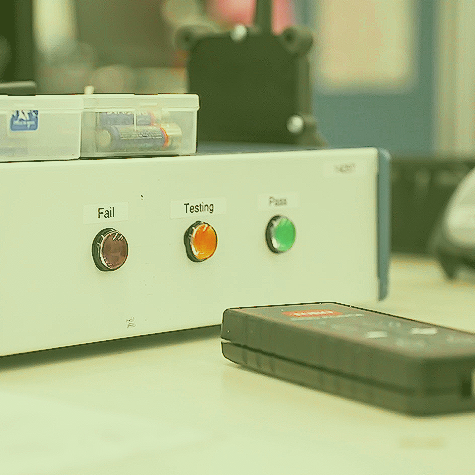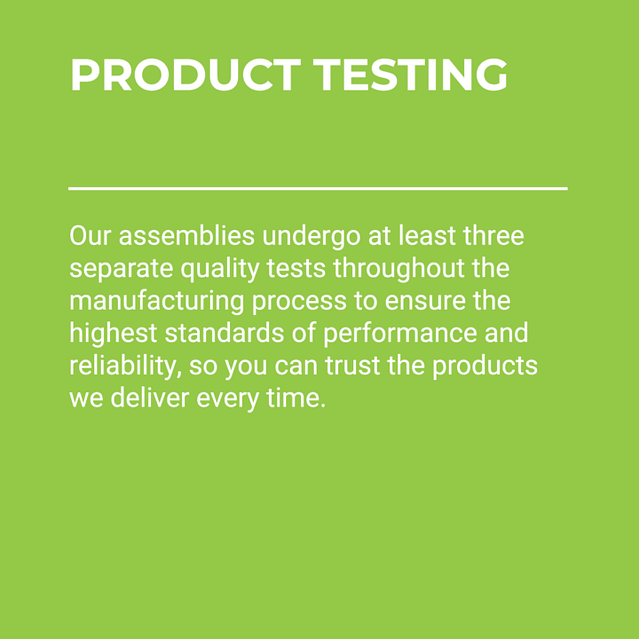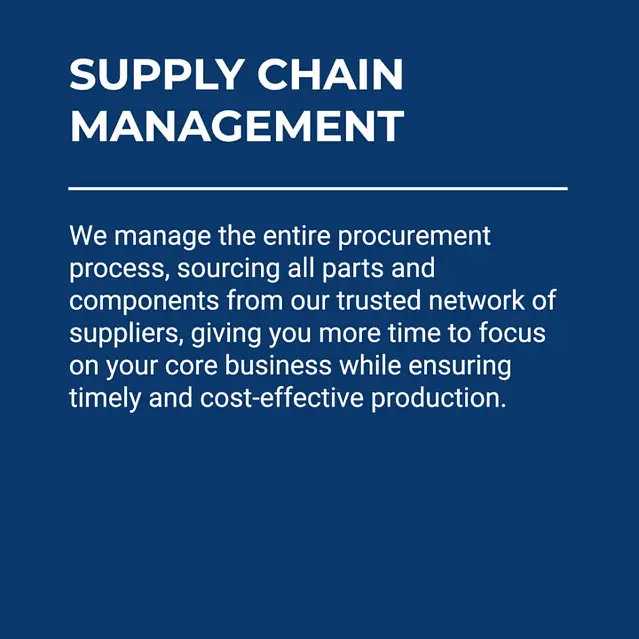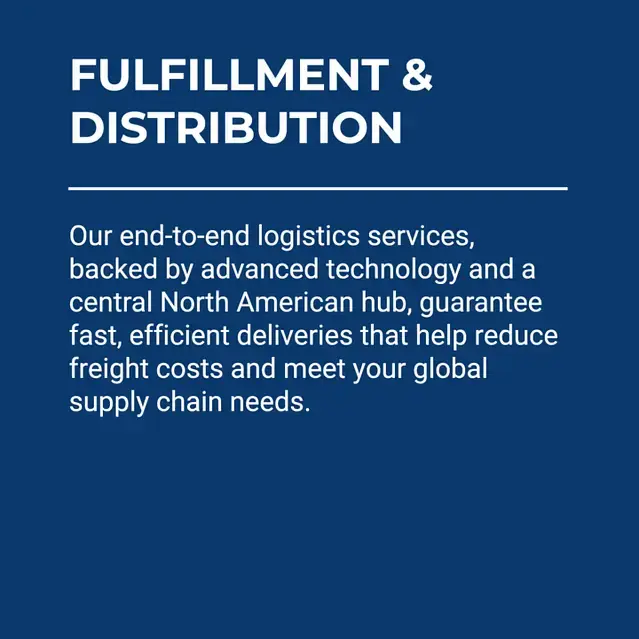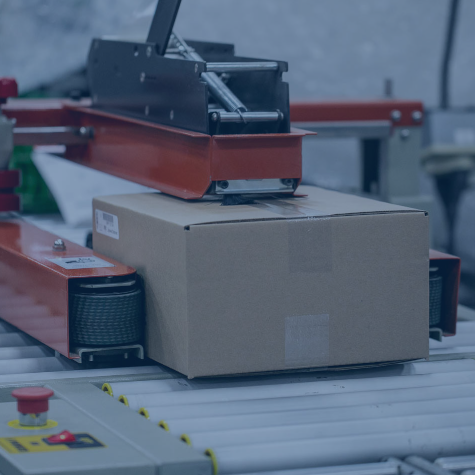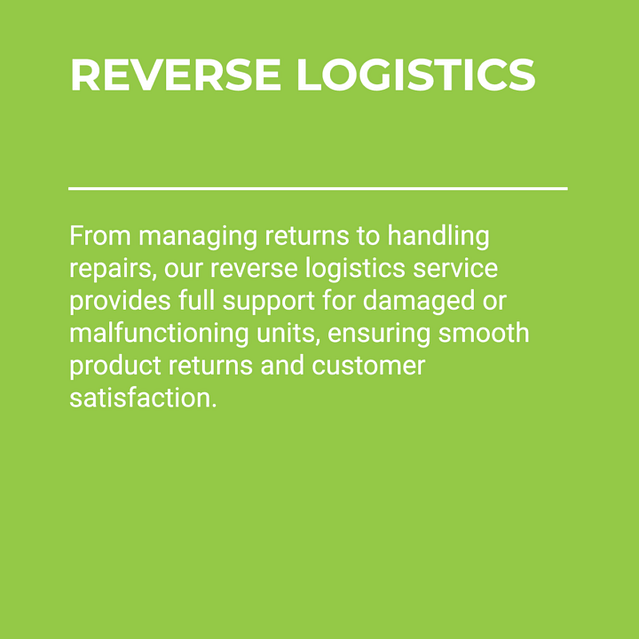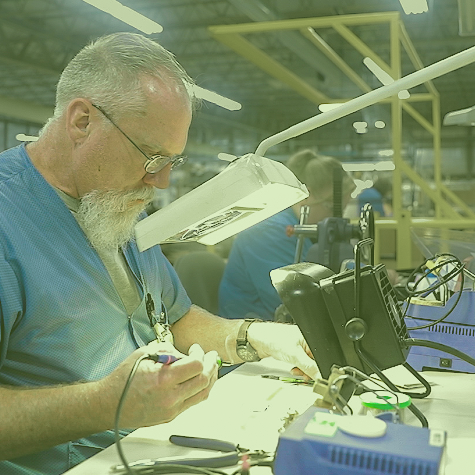It takes a lot to launch a product into the marketplace through manufacturing. First, prototypes must mature into finalized designs through many iterations. The individual links in the supply chain must be connected. Production-specific issues must be detected and resolved. And finally, distribution partnerships and networks must be ready by the launch date.
However, getting a product into the marketplace is only half the battle. Successful products require continued support throughout their lifetime. A vital element of that support is reverse logistics. This is the process that occurs when a product has reached the marketplace and then is returned due to malfunction. In a nutshell, reverse logistics is the flow of material in a direction opposite to the standard supply chain, assembly and distribution systems.
Reverse Logistics is a Manufacturing Necessity
In order to understand why original equipment manufacturers (OEMs) need to implement reverse logistics, let’s start with a really simple example: de-kitting.
Typically, before a subassembly or product can be built, someone is tasked with pulling the required parts and material. These items are detailed on that assembly’s bill of material (BOM). They put those components into a package or container and then send it to the assemblers on the floor. That collection of parts is called a kit. Usually, those parts stay in that kit until the work order for that assembly is completed. This allows production staff to build it.
There are times, however, when removing parts from a kitted work order is necessary. For instance, if a higher-priority build is fast approaching its shipping deadline and requires a part whose inventory has run out, that part may be removed from a lower-priority kit so that the more critical assembly can move forward. That lower-priority kit gets cannibalized so that another work order can be kitted, assembled and shipped.
De-kitting is a short reverse flow. It only has one step (picking parts from inventory and placement into the kit). The logistics are straightforward because everything still needs to be assembled. None of the material has left the factory.
The term reverse logistics, however, usually refers to scenarios where the finished product has left the factory. In those cases, there are many more steps to backtrack through.
Reverse logistics isn’t just about gathering defective products; it can actually support and benefit a company’s bottom line. This is because reverse logistics also includes and enables product support, repair and refurbishment. These activities serve customers and open secondary revenue streams.
The Benefits of Reverse Logistics
A well-implemented reverse logistics program improves customer satisfaction and loyalty. It allows OEMs to quickly and smoothly manage the return and repairing or replacing faulty merchandise. In addition, vital customer feedback can be gathered during the process. This feedback can then lead to design improvements to reduce future product returns.
Reverse logistics can also help efficiently extract more value from returned merchandise. This saves time and money that would otherwise be spent acquiring and assembling new parts. Efficient reverse logistics can recoup the material and labor costs invested in the material salvaged. They can use the still-good components to replace parts in other repairs or they can sell refurbished merchandise.
Why Manufacturers Outsource Reverse Logistics
To deliver those benefits, reverse logistics requires more resources. They are spent on warranty tracking, returns management, and additional parts procurement (when refurbished parts aren’t available).
Aside from those logistics requirements, the repair and rework aspects of reverse logistics usually require a highly-skilled technical staff. That’s because repair and rework require more specific skills. They will need to troubleshoot, use diagnostic equipment and understand relevant engineering domains. The most common engineering domains utilized in reverse logistics are electronics, optics, pneumatics, hydraulics, and mechanical.
Technician positions also often require specific certifications and formal technical training. Although assemblers can put a unit together, skilled technicians are needed on the back end. Technicians determine why a product isn’t working right, which is why they command higher wages.
To illustrate that cost with actual data, consider the following information from the United States Bureau of Labor Statistics. The hourly mean wage for electro-mechanical equipment assemblers is $17.02. Electro-mechanical technicians earn $27.82 an hour, a 63% premium.
Small and even mid-sized OEMs often can’t afford the investment that reverse logistics requires. This is why many of them outsource their reverse logistics to companies like RiverSide Integrated Solutions, who can. They don’t just get top-notch technical and logistical personnel to handle their reverse logistics. These companies also gain peace of mind. This allows them to focus on product improvements, customer service and new product launches.
About RiverSide Integrated Solutions:
RIS is an advanced contract manufacturer providing robust solutions in circuit board assembly and product assembly. We employ more than 350 people and provide services to OEMs worldwide. We operate two state-of-the-art manufacturing facilities within the US.
With all of the choices in contract manufacturers out there, we know it can be challenging to find someone who understands your business model and has your best intentions in mind. RIS has always proven to be a win-win-focused relationship.
As your one-stop shop, we have the capabilities, capacity, quality assurance standards and resources to support all of your manufacturing needs. We understand that supply chain management is complex and very time-consuming, so we urge our customers to utilize us in the fullest capacity.
Our total-package solutions include:
- Dedicated Program Team
- Extensive supply-chain network for efficient parts procurement and kitting
- Subassembly and full box-build
- Warehousing and drop-shipping capabilities
- Reverse logistics
- Flexible order fulfillment
- Scalability to meet your needs
Contact us today at (507) 523-3220 to see how we can help with your manufacturing project, or click contact us for a quote.





